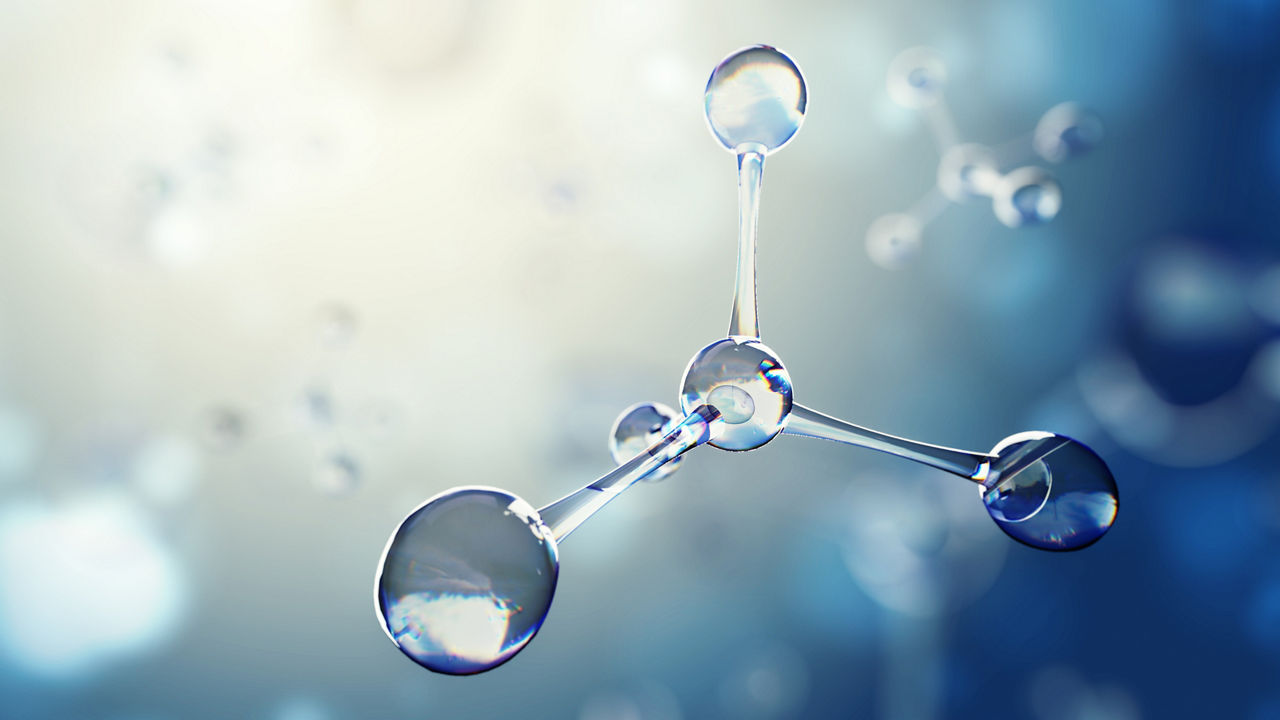Induction of CYP enzymes (typically CYP1A2, CYP2B6 and CYP3A4) is measured in vitro following exposure to test article in monolayer cultures of human hepatocytes.
Initial experiments should investigate the potential to induce CYP1A2, CYP2B6, and CYP3A4 enzymes. If induction of CYP3A4 enzymes is observed, the sponsor should also evaluate the induction potential of CYP2C enzymes (CYP2C8, CYP2C9, CYP2C19). The effects are then compared with those elicited by positive control inducers of the CYP enzymes under investigation. In addition, ex vivo animal livers (typically mouse, rat, dog, or monkey) can be processed to subcellular fractions and used to assess test article mediated effects on drug metabolizing enzymes following in vivo administration during safety assessment studies.
Regulatory considerations for enzyme induction studies
These studies are recommended by both FDA and EMA drug-drug interaction (DDI) guidelines to evaluate cytochrome P450 induction for CYP1A2, CYP2B6,CYP2C8, CYP2C9, CYP2C19, and CYP3A4 before going to first-in-human trials.
Induction data is used in determining the requirement and scope of clinical DDI studies.
Method
- Test system: Individual human donor hepatocytes, cryopreserved
- CYP enzymes evaluated: CYP1A2, CYP2B6, CYP2C8, CYP2C9, CYP2C19, CYP3A4/5.
- Test Article Concentrations: Selected to bracket predicted clinical exposures (0.1 – 10X Cmax), unless limited by solubility. Select 5 concentrations for cytotoxicity, 7 for mRNA induction,and 3 for enzyme activity induction
- Incubation time: 72 hours, with refreshed media every 24 hours.
Cytotoxicity
In preliminary assays, hepatocytes from one donor are cultured in the presence of test article (five concentrations) or positive control tamoxifen (50 µM) in triplicate wells for 72 hours in a humidified incubator at 37°C in 5% CO2, with exchanges of medium ± test article or controls occurring every 24 hours. After 72 hours, viability of hepatocytes will be evaluated using the MTS assay. Results will be used to determine non-toxic test article concentrations for the induction assays.
Stability
In conjunction with the cytotoxicity assay, medium samples are collected to assess concentrations of test article over time.
CYP mRNA Induction
Hepatocytes from three donors are incubated in the presence or absence of test article (seven concentrations) or control inducers (see below) in triplicate wells for 72 hours in a humidified incubator at 37°C in 5% CO2, with exchange of medium ± test article or controls occurring every 24 hours. After 72 hours, mRNA is extracted and gene expression is determined by real-time quantitative PCR. The level of each CYP mRNA is normalized to that of an endogenous control gene (e.g., GAPDH). Fold induction of CYP gene expression is then calculated using the 2-ΔΔCT method. Test article-dependent increases in CYP mRNA levels ≥2-fold relative to the vehicle control, or a response ≥20% of the response of positive controls, may be interpreted as positive results.
CYP Enzyme Induction
Hepatocytes from three donors are grown in the presence or absence of test article (three concentrations) or control inducers (as above) in triplicate wells for 72 hours in a humidified incubator at 37°C in 5% CO2, with exchanges of medium ± test article or controls occurring every 24 hours. After 72 hours, hepatocytes are incubated in fresh medium containing appropriate CYP substrates (see below) for 2 hours, after which reactions are terminated and samples collected for analysis of metabolites (see below) using a liquid chromatography-mass spectrometry (LC-MS) analytical method. Test article-dependent increases in CYP enzyme activity ≥2-fold relative to the vehicle control, or a response ≥20% of the response of positive controls, may be interpreted as positive results.


